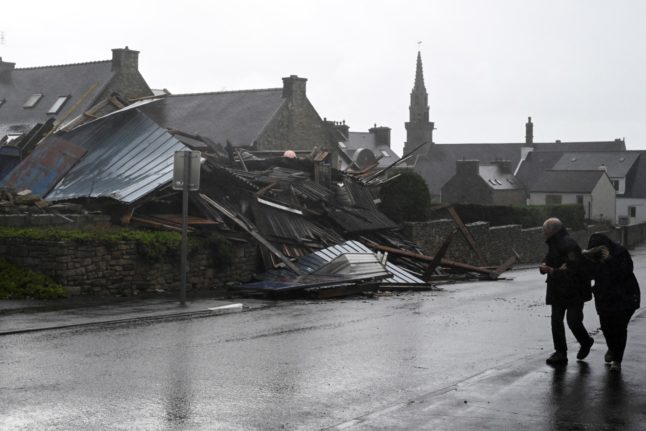A total of 324 people had signed up to the scheme up to end of the September, according to new figures from Spain's foreign ministry and published by Spain's 20 minutos newspaper.
That means around one person a day has signed on since the programme was launched in October 2013.
The total value of that real estate investment was €256.1 million, the ministry said.
As of May, the number of property buyers who has made use of the Golden Visa scheme was just 72, with Spain's national newspaper El País describing the Golden Visa scheme as a flop.
However, the new figures show there has been increased take-up since that time, even if this is limited.
"The numbers are comparable with Portugal in the first year of their Golden Visa programme but given the current interest in Spanish property we believe that these numbers should increase significantly for the scheme to be classed as a success," Alex Vaughan, co-founder of property firm Lucas Fox told The Local.
He said he understood that official teething problems were now being addressed by the government , with a possibility that "tweaks" could be announced "by the end of the year".
"We are continuing to see interest, primarily from the Middle East and Asia, " Vaughan told the Local.
"We continue to believe that, as in Portugal, the main interest will come from China but the numbers of applicants have so far failed to materialize."
The golden visa scheme — part of Spain's 2013 Entreprenuer's Law — gives foreigners who invest large sums in Spanish property, public debt and projects of general interest the right to reside in Spain.
For property investors, the minimum investment before taxes and changes is €500,000, although the real cost rises to around €600,000 once extra costs are factored in.
While the law doesn't give people the right to work in Spain, it gives non-EU citizens access to the entire Schengen area.
Aside from the 324 people who have been granted residency rights after purchasing property, a further 20 visas have been given to people investing capital in Spain to the tune of at least €1 million in shares of bank deposits, or €2 million in public debt.
In the case of those investments, people are granted a one-year visa, which is then extended to two years "as long as investment" is maintained, Spain's foreign ministry said.
A further ten visas have been granted to be people setting up business projects considered of public interest in Spain.



 Please whitelist us to continue reading.
Please whitelist us to continue reading.
Member comments